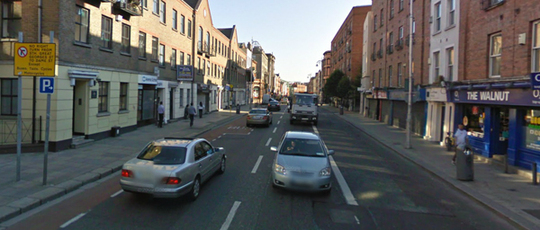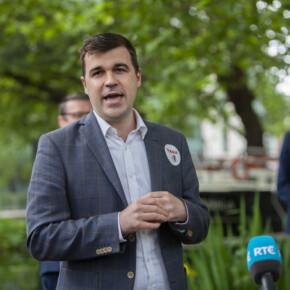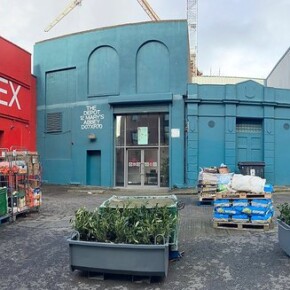Study identifies rare buildings on historic street
Dublin People 02 Feb 2013
CONSERVATION staff at Dublin City Council have drafted a study highlighting the rare 17th century residential architecture on an historic city street.
Nikki Matthews, the conservation officer at the local authority, told councillors recently that the Aungier Street study had identified the unique built heritage of the area, much of which pre-dated 18th and 19th century Georgian architecture.
The study has identified several 17th century buildings on the street, many of which are not well conserved and in need of statutory protection from future development.
Ms Matthews said the aim of the study was to demonstrate that conservation initiatives could guide strategic regeneration through balanced economic and commercial activity.
“It represents a project that promotes collaboration and informed approach to managing historic areas of the city, unlocking the economic and social potential of the built heritage resource, stimulating new investment and enhancing the sense of place,
? she said.
The study was carried out by the City Architects Division at the council in conjunction with the Dublin Civic Trust.
Ms Matthews noted that four 17th century town houses on the street have already been protected as national monuments. However, she said the council had identified several others that were not protected structures.
Conservation architects in the council now plan to recommend that a significant number of buildings in the area be added to the Record of Protected Structures.
“These are 17th Century houses,
? she added.
“It is a unique street and today we have about four of them protected as monuments. The real concern is that a number of them are unprotected and unidentified within the streetscape.
?
According to Matthews one of the buildings on the street was built in 1670 and was unprotected. She noted that a planning application had been submitted to the council regarding a building beside the 17th century structure.
“We feel that Aungier Street should be defined,
? she added.
“We surveyed the local community and they felt that the area had a deficit in terms of cultural events or sites within the area.
?
The Aungier Street area was originally home to several early monastic settlements, but in the 17th century Francis Angier, 1st Baron Aungier of Longford, built the street.
Many of the early houses were built by Aungier, who resided in White Friars monastery, to house the elite of the city.
In the 17th century the street was also very closely linked to Dublin Castle through its association with James Butler, the Duke of Ormond, who lived in the area.











